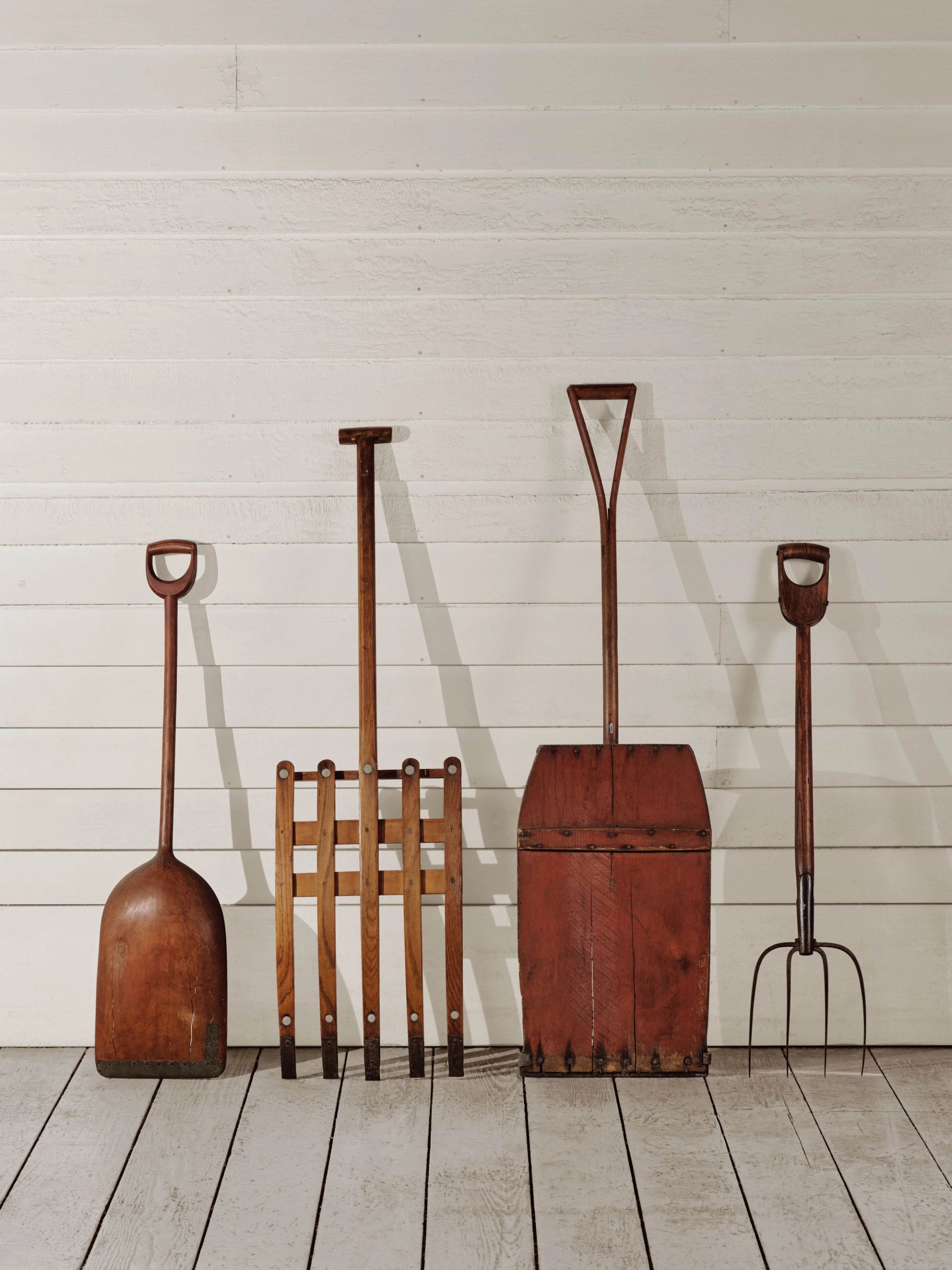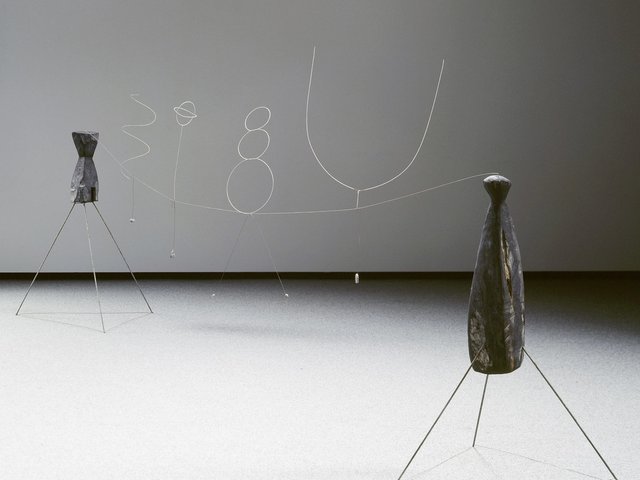The enduring influence of the egalitarian religious sect known as the Shakers is on full view at Vitra Design Museum. Featuring examples of the American community’s minimalist designs and highlighting their democratic beliefs, The Shakers: A World in the Making explores how this group founded in the 18th century continues to shape art, architecture and design despite its dwindling numbers. Organised with the Milwaukee Art Museum, the Institute of Contemporary Art Philadelphia, and Germany’s Wüstenrot Foundation in collaboration with the Shaker Museum in Chatham, New York, the show also includes newly commissioned works by contemporary artists and designers.
“Shaker tenets have informed contemporary design, and they are more relevant today than ever before,” Mea Hoffmann, a curator at Vitra Design Museum, tells The Art Newspaper. “Shaker craftsmanship and their belief system offer a radically different worldview that sparks many conversations. Their design principles directly reflect their belief system, prioritising communal wellbeing, functionality and a sense of divine order.”
Characteristic of Shaker design is craftsmanship, simplicity and utility. The group rebuffed excessive ornamentation, instead embracing the natural qualities of the materials they used, such as local wood like cherry and maple. The Shakers were a celibate society and had a relatively self-sufficient economic system, viewing all goods and property as God’s creations and avoiding surplus and waste. Members were expected to work for the greater good of the community, and sharing was a core principle.

Shaker communities demonstrate their religious devotion through work © Vitra Design Museum/Alex Lesage; courtesy Shaker Museum, Chatham, New York
The Vitra exhibition features examples of some of the group’s more well-known creations, such as oval boxes, chairs with ladder backs and long meetinghouse benches that epitomised their communal existence. It also includes objects like brooms and agricultural tools. Alongside these are new commissions by contemporary artists and designers who explore the Shakers’ interest in spirituality, inclusion and history.
Included in the commissions is a scaled Shaker meetinghouse by the Japanese American artist Amie Cunat. Bringing interior elements like a stove and bench to the outside of the structure, the work considers the disconnect between people and how they see and understand one another, in particular during times of disagreement. The piece relates to a meetinghouse that Cunat made in 2018, in the aftermath of the first election of Donald Trump as president of the US.
“Political shifts are difficult, but I see artists as particularly sensitive to those who are most vulnerable from the resulting changes,” Cunat says. “A meetinghouse functions as space for both worship and community assembly, but it is also a symbol of solidarity. I wanted to make a physical space—acknowledging the Shakers’ values of equality, humility and pacifism—where like-minded creators could convene, and perhaps find a moment of healing by coming together.” Cunat based the new commission on a meetinghouse in Sabbathday Lake, Maine, the last remaining Shaker community still active today. With just two people, the society is far from the 6,000 members the Shakers once counted in their heyday in the
mid-19th century.
Designing for the future
Other contemporary works in the show include a film by the Philadelphia-based artist David Hartt that explores the rigid tenet of Shaker life, as well as a text-based installation by the American artist Kameelah Janan Rasheed based on the writings of Rebecca Cox Jackson—a free Black woman and founder of a Shaker community in Philadelphia.
This exhibition joins a cluster of recent shows about the community, including Believers: Artists and the Shakers at the Institute of Contemporary Art, Boston (until 3 August), which features work by contemporary artists made during a residency in Sabbathday Lake, and a show of drawings at the American Folk Art Museum in New York.
“In a world facing political unrest, mass consumption and climate change, many of the Shakers’ values and philosophies seem more urgent,” Hoffmann says. “The Shakers were ahead of their time in many ways. As a religious group founded by a woman, they embraced social equality—for their time period, at least—communal property and pacifism, viewing labour and the act of making as direct expressions of their faith, aiming to ‘create Heaven on Earth’.”
The Shakers also offer lessons on designing for the future, “to explore what a better, more accepting world might mean and what role art and design can play in shaping that future”, Hoffmann says. “We hope the exhibition provides insight into the rich history and material culture of the Shakers, inspiring questions relevant to our lives today. How can we create in a meaningful, intentional way? How can we foster togetherness in a polarised world?”
• The Shakers: A World in the Making, Vitra Design Museum, Weil am Rhein, Germany, until 28 September





